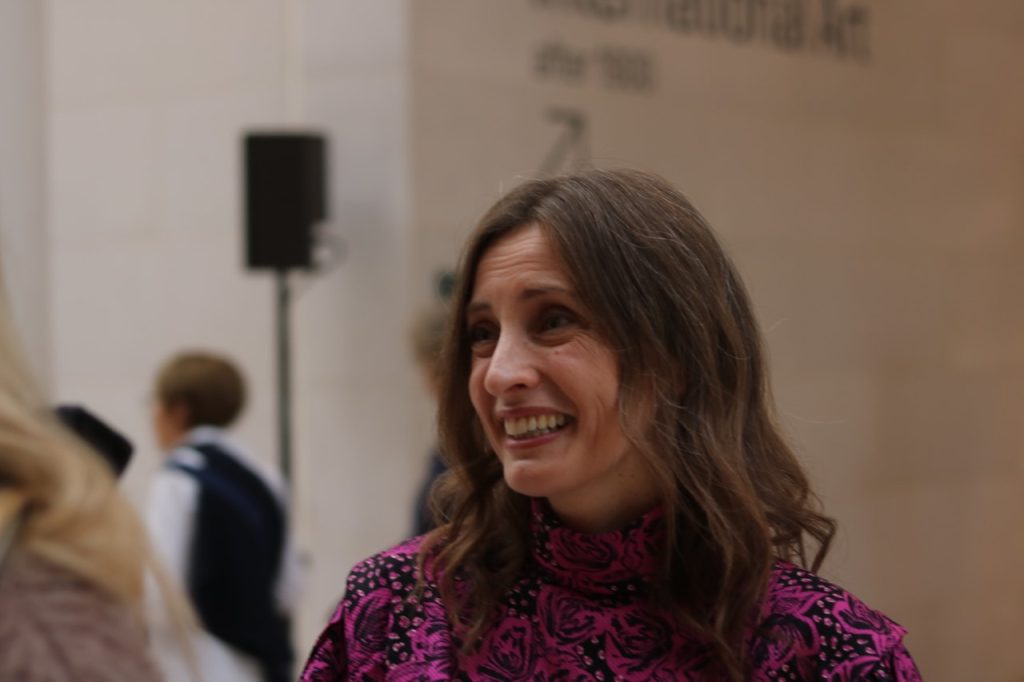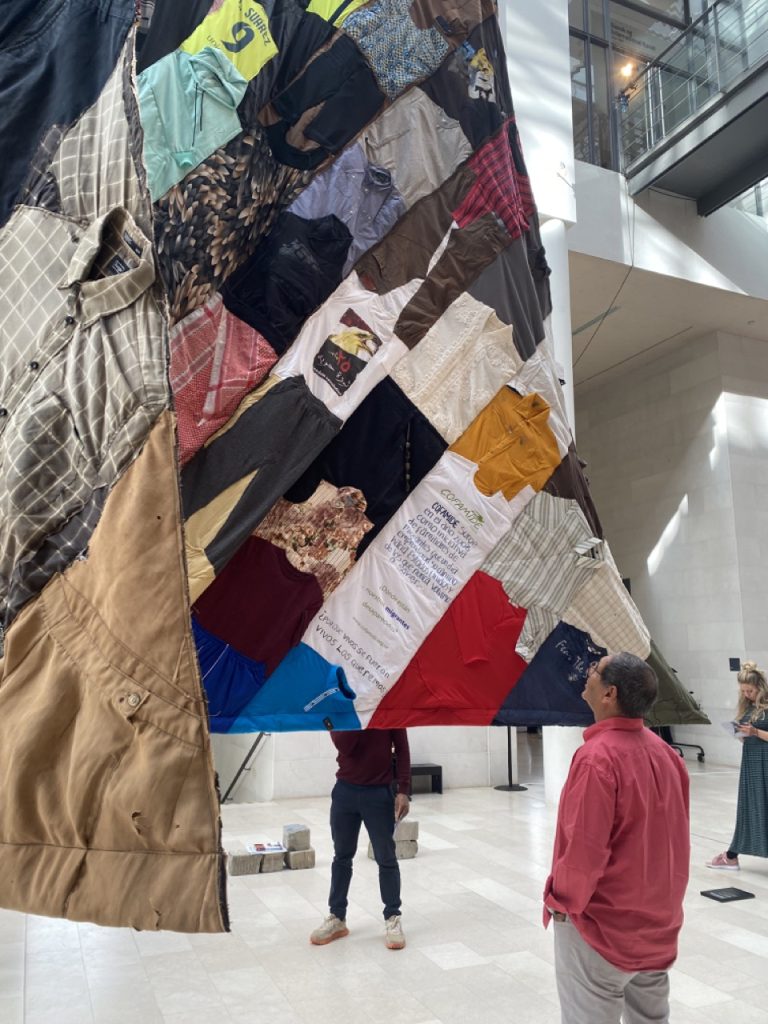30 years have passed since Denmark accepted 20,000 refugees fleeing from the former Yugoslavia. Connections – Danish artists from the former Yugoslavia, is set to make its debut this weekend at the National Gallery of Denmark (SMK). The exhibition features meaningful artworks that are able to convey the link between history, art and culture.
Rachel Jackson reports.
Connections was curated by PhD fellow at SMK and the University of Copenhagen, Tijana Mišković, who began analysing the works of the featured artists two years ago as part of her thesis. With some exceptions, the artists are all living in Denmark after having fled the former Yugoslavia in the early nineties.
“There was a possibility to make an exhibition with the artworks made by artists I was writing about,” she said. “This was amazing.”
While the artists have a shared experience, they each paint a unique picture of immigration to Denmark. Some of the artists chose to delve into their personal experiences, while others express themselves from a political standpoint.
It’s a group of artists that have a lot of things in common,” she said. “But also a group that is very diverse in their media and their conceptual approach.”
Mišković fled Bosnia with her family in 1992 when she was 10 years old. Her first month in Denmark was spent on board a ship parked in the canals of Copenhagen used as a refugee camp. The living conditions on the ships were poor and cramped.
“Luckily I only stayed there for a month,” she said.

Photo: Ernst Callitz
After one month, her family was transferred to a refugee camp in Jutland, which was where her artistic journey began as a child. A teacher granted her a free place to a local art school while she was living in the camp. Mišković’s family waited three years to be granted temporary residence, and during this waiting period she was not able to attend regular school. She took the art lessons very seriously.
“The other kids were just doing it for fun but it was a big thing for me,” she said. “Monday afternoon was the only school I had.”
Integration into society was difficult for Mišković and her family when they were confined to the refugee camps.
“We didn’t speak much Danish because we were isolated in these camps,” she said
Mišković now holds an MA in Art and Theory from The Royal Danish Academy of Fine Arts and is a PhD fellow at SMK and the University of Copenhagen.

Photo: Ernst Callitz
While the art installations do not make a specific reference to Denmark’s strict immigration policies, Mišković hopes that attendees will be able to make the connections between artwork and issues of today themselves.
“There is a lot of possibility in the show to see comments on what has been happening and what is still happening,” she said. “I hope that people will do that.”
Danish leaders continue to put strict immigration measures into place. In January 2021, Prime Minister Mette Frederiksen, told the Danish Parliament that she would like to set a goal of “zero asylum-seekers”. Last month, the Danish Government also announced plans to send refugees to Rwanda, where Danish officials will manage their asylum cases.
The exhibition will be open to the public until February next year.
This article is made for an urban, English- speaking audience with an interest in foreign affairs and could be published in the Guardian UK.
